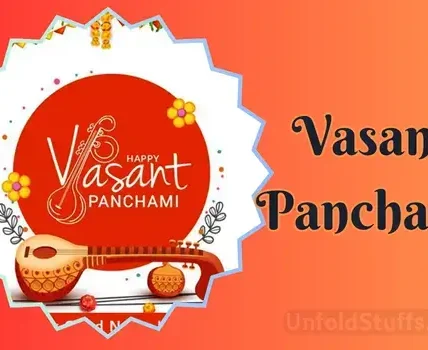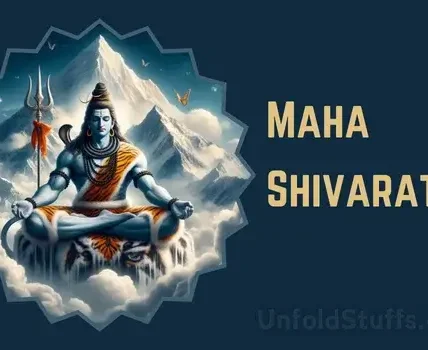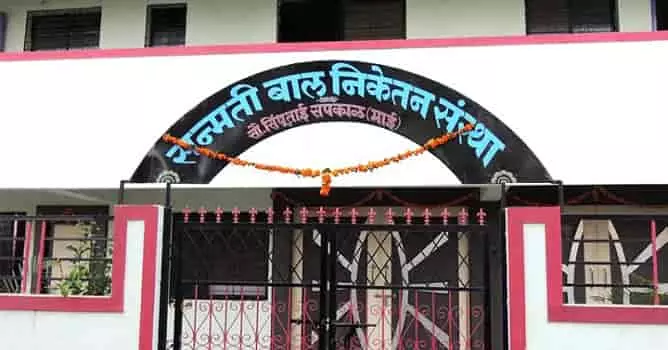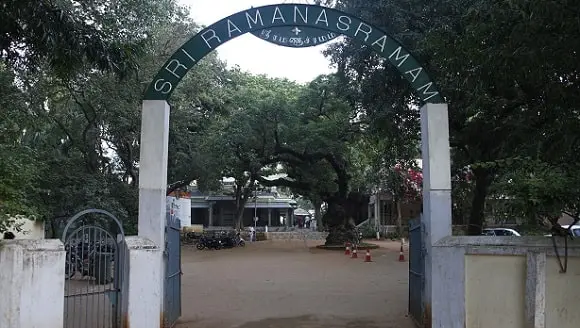Ganesh Chaturthi, a joyous Hindu festival, celebrates the birth of Lord Ganesha, the elephant-headed deity revered as the remover of obstacles and the god of wisdom and prosperity. Typically occurring in August or September, this ten-day festival begins with the installation of beautifully crafted clay idols of Lord Ganesha in homes and community pandals (temporary structures). Devotees passionately welcome the beloved deity into their lives with fervent prayers, colorful decorations, and traditional rituals.
The festivities involve singing hymns, performing aarti (ceremonial prayers), and engaging in cultural events. On the tenth day, the idols are immersed in water bodies, symbolizing the departure of Lord Ganesha while reaffirming the cyclic nature of life. Ganesh Chaturthi fosters a sense of community, cultural richness, and devotion, transcending social and economic boundaries as people unite to celebrate the auspicious occasion with love and reverence for Lord Ganesha.
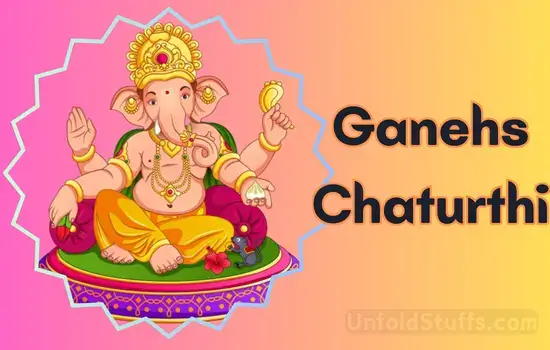
Ganesh Chaturthi 2024 Puja Date and Time
Ganesh Chaturthi 2024 |
||
| Event | Date & Time | Day |
| Ganesh Chaturthi 2024 | September 7, 2024 | Saturday |
| Madhyahna Ganesha Puja Muhurat | 11:03 AM to 01:34 PM | Saturday |
| Ganesha Visarjan | September 17, 2024 | Tuesday |
| On previous day time to avoid Moon sighting | 03:01 PM to 08:16 PM, Sep 06 | Monday |
| Time to avoid Moon sighting | 09:30 AM to 08:45 PM | |
| Chaturthi Tithi Begins | 03:01 PM on Sep 06, 2024 | Friday |
| Chaturthi Tithi Ends | 05:37 PM on Sep 07, 2024 | Saturday |
Ganesh Chaturthi Story
Story 1: The Birth of Ganesha
According to Hindu mythology, Goddess Parvati created Ganesha using turmeric paste while she was taking a bath. She breathed life into the paste and formed a young boy. She assigned him the task of guarding the entrance while she bathed. When Lord Shiva returned, Ganesha, unaware of his identity, stopped him from entering. In a fit of rage, Lord Shiva beheaded Ganesha. Distraught Parvati pleaded for his life. To console her, Lord Shiva promised to bring Ganesha back to life. He replaced Ganesha’s head with that of an elephant, and thus, Ganesha, the elephant-headed deity, was born.
Story 2: The Moon’s Punishment
Once, Ganesha, known for his love of sweets, was enjoying a feast. After indulging in many delicacies, he set out on his mouse vehicle. On the way, he stumbled and fell. The moon, who witnessed the incident, couldn’t control his laughter. Enraged, Ganesha cursed the moon, causing it to wane. The moon pleaded for forgiveness, and Ganesha, known for his benevolence, reduced the curse, allowing the moon to wax and wane. This story is often narrated to explain why it is believed that looking at the moon on Ganesh Chaturthi brings bad luck.
Facts About Ganesh Chaturthi
- Birth of Ganesha: Ganesha Chaturthi celebrates the birth of Lord Ganesha, the son of Lord Shiva and Goddess Parvati. He is revered as the god of wisdom, prosperity, and good fortune.
- Clay Idol Tradition: Devotees craft elaborate clay idols of Lord Ganesha for worship during the festival. These eco-friendly idols are immersed in water at the end of the celebrations.
- Modak Offering: Modak, a sweet dumpling, is a favorite of Lord Ganesha. Devotees prepare and offer modaks as a symbol of devotion and love.
- Duration of the Festival: Ganesha Chaturthi spans over ten days, with the main celebrations occurring on the fourth day of the waxing moon in the Hindu month of Bhadrapada (August or September).
- Public Celebrations: Besides individual homes, Ganesha Chaturthi is widely celebrated in public pandals (temporary structures) where large Ganesha idols are installed, and community events take place.
- Visarjan Ritual: On the final day of the festival, the immersion or visarjan of Ganesha idols takes place. Devotees bid farewell to the deity with processions, music, and dance before immersing the idols in water bodies.
- Cultural Unity: Ganesha Chaturthi is celebrated across India, fostering cultural unity. However, it is most grandly observed in the states of Maharashtra, Goa, Gujarat, and parts of South India.
- Artistic Creativity: The crafting of Ganesha idols involves intricate artistry. Artisans showcase their creativity through various designs, decorations, and themes for the idols.
- Community Involvement: The festival encourages community participation and engagement. Various cultural events, competitions, and social initiatives are organized during Ganesha Chaturthi.
- Symbolism of Ganesha: Lord Ganesha’s elephant head symbolizes wisdom and intelligence. His trunk represents adaptability, and the broken tusk signifies sacrifice. Ganesha is also called Vighnaharta, the remover of obstacles, and is invoked at the beginning of auspicious ceremonies.
Check All Hindu Festival Date, Shubh Muhurat & Puja Timing |
||||
| Akshay Tritiya | Durga Puja | Holi | Krishna Janmaashtami | Rath Yatra |
| Bhogi | Dussehra | Holika Dahan | Magh Purnima | Teej |
| Chhath | Ganesh Chaturthi | Kalash Sthapana | Maha Shivaratri | Tulsi Vivah |
| Dasha Mata | Govardhan | Kanya Pujan | Makar Sankranti | Ugadi |
| Dhanteras | Gudi Padwa | Kartika Purnima | Nag Panchami | Vasant Panchami |
| Diwali | Hanuman Jayanti | Karva Chauth | Raksha Bandhan | |

Santosh Kumar is an editor at unfoldstuffs.com and a professional content writer. With years of experience he is passionate for creating engaging, informative and impactful topics.
